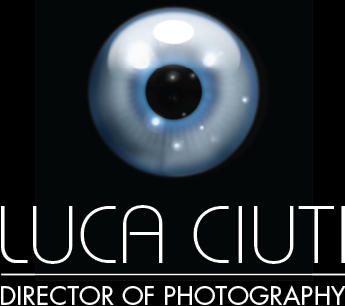I’ve began making panoramic shots more as a technical exercise than anything else, then I obviously fell in love with it. May it be for their inherent “cinemascope” feel or just for the unpredictability of the result (to a certain degree obviously), it has brought me back to my film days, when I was exposing and developing it myself waiting to see if my calculations were correct, if they were reflected in the density of the negative. Then there was the print: the choice of its contrast, the eventual reframe, dodge, burn. Of course all this and beyond happens digitally, but the thrill is partly lost – a lot more hair are growing back and there’s much more sleep at night during a motion picture production for the cinematographer, whatever type of product it is, a commercial, promo, documentary or feature film. At the same time, for me that I don’t work as a paid professional stills photographer, not being able to see right away what the result would be, brings back a certain excitement that I’ve been gradually losing since the advent of digital photography, with its onboard monitor and live views. When I shoot motion I don’t mind that actually, it is quite nice to be able to see what you’re going to get and I don’t believe in the saying “now everybody feels the right to state their opinion on the image out loud by the monitor”, if they do it means they’re unprofessional and should’t be working on a professional film set; on the other hand that is a practice that has always happened even when the image from the camera was fed through a low definition camera shooting through the camera prism and sent to (often) a nine inch CRT monitor (how the hell all those people could judge a picture from that sort of set up, when the cinematographer in charge wouldn’t have hoped to do that, remains a mystery – I guess there must have been herds of super skilled directors of photography among them). Then the excitement has grown even bigger once I started including HDR into my panoramic picture taking, I almost always shoot for that but often I end up not using it, making the panoramic stitch from the correctly exposed shots. Other times I’ve used the HDR to get rid of the noise and have a bit more to play with during the grade although I try to keep it subtle, I don’t like the super saturated, solarised look of most HDR photography and I downright hate HDR on people’s faces. I find that a good way to age anybody of 20 years in one clean swoop is to use HDR on them. Going back to the cinemascope feel of panoramic shots (the name is in fact a synonym of it in itself), and the extreme way you can achieve that, I have to say that I find it very romantic. When that is achieved, even if you look at the picture let’s say fitted within the a 15” screen, and you can obviously see it in its entirety there’s something in your brain that forces to you to “read” it along its width, from let to right or right to left, making it an experience in time, therefore filmic. As silly as it may sound it is almost as the viewer’s eyes are used as a camera panning within the landscape so that they are prompt to analyse bits at a time, creating a longer experience. I’d love to incorporate human figures in my panoramic shots, to create a sort of storyboard, a tableau vivant, a story. We’ll see, so far I’ve only done it with my daughter and it worked quite well!
The following gallery includes pictures taken during a recent trip to Sweden, and will be added to my pictures page where you can find many other panoramic shots I’ve taken in the past.
Click on the title above to access the post and see the pictures in their entirety.






